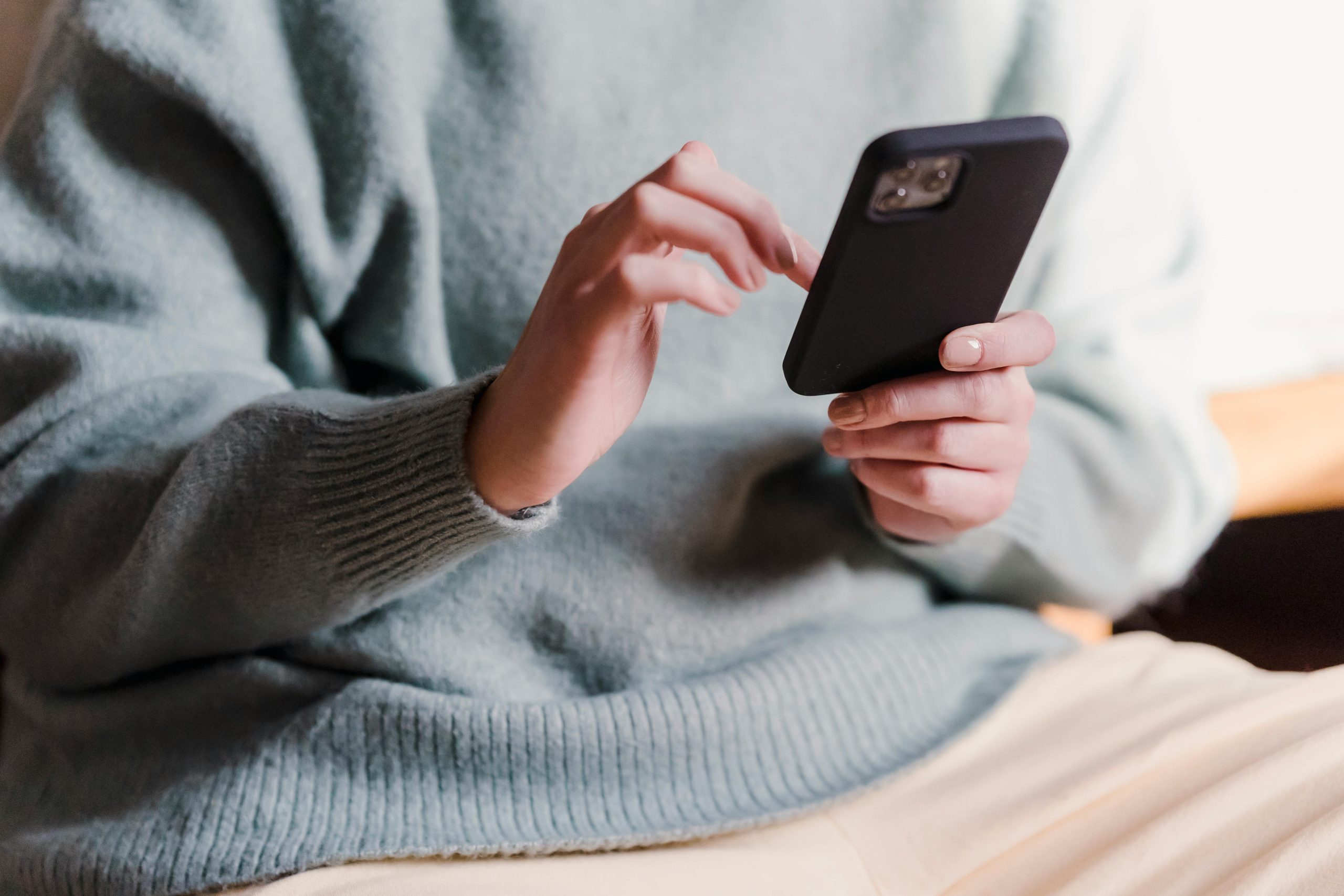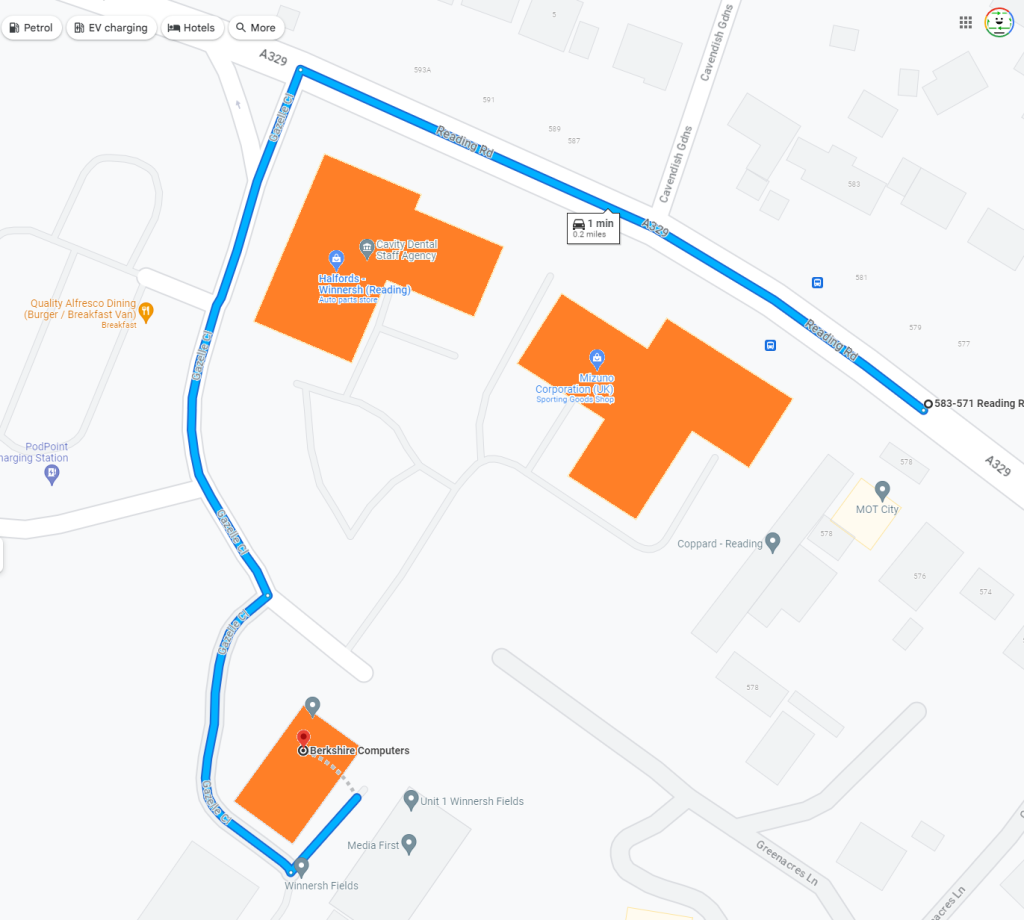Understanding the Privacy Risks of Public Wi-Fi in High Schools
In recent discussions at my high school, a concerning topic emerged regarding the public Wi-Fi network provided to students. The administration claimed that if students connect their phones to this network, the school can monitor their online activity, potentially flagging inappropriate content or even gaining access to messages sent from their devices. They mentioned the use of an algorithm in this monitoring system. This has sparked a debate: is this type of surveillance a real possibility, or is it merely an exaggeration?
The Reality of Wi-Fi Monitoring
When connecting to a public Wi-Fi network, especially in an educational institution, it’s essential to consider the implications for your privacy. Many schools implement network monitoring solutions that can track online activity. By using various Software and algorithms, these systems can analyze the websites visited, flag inappropriate content, and monitor data packets sent through the network.
However, it’s important to clarify one key point: while schools can see certain aspects of your online behavior—like websites visited and, in some cases, unencrypted data—they typically cannot access personal messages or content directly unless it flows through their network in a readable format. For instance, texts sent via SMS or encrypted messaging apps like WhatsApp generally remain private.
Why Schools Monitor Internet Use
The primary goal of such monitoring is often to ensure a safe and respectful online environment for students. By keeping an eye on internet traffic, schools aim to prevent cyberbullying, maintain appropriate use of technology, and protect students from exposure to harmful material.
Navigating Your Privacy
If you’re concerned about your privacy while using the school Wi-Fi, here are a few tips:
- Use Secure Connections: Whenever possible, utilize websites that use HTTPS, which encrypts data between your device and the website.
- Limit Sensitive Activities: Avoid sending personal or sensitive information while connected to public networks.
- Turn Off Wi-Fi When Not in Use: Disabling Wi-Fi on your device when you don’t need it can help minimize exposure.
In conclusion, while there is a possibility of some degree of monitoring on school networks, understanding the extent of that surveillance can help students navigate their online lives more effectively. Staying informed about privacy risks is crucial to ensuring a safe digital experience in educational settings.
Share this content:




Understanding Your Privacy on School Wi-Fi Networks
It’s a valid concern to wonder whether your high school’s Wi-Fi network can go through your phone’s data. Typically, school monitoring systems focus on network traffic—such as websites visited, data sent and received over the network, and potentially flagged content—rather than directly accessing personal data stored on your phone.
When connected to the school Wi-Fi, the network administrator may use monitoring tools to analyze unencrypted traffic or enforce content filters. However, they usually cannot access your private messages or data stored locally unless your device is compromised or data is transmitted unencrypted.
To increase your privacy:
Remember, while monitoring Software can track certain online activities, it typically cannot access private messages or data stored directly on your device unless you explicitly share that information or there’s a security breach. Being aware of your online habits and taking precautions can help you maintain your privacy while using your phone on school networks.